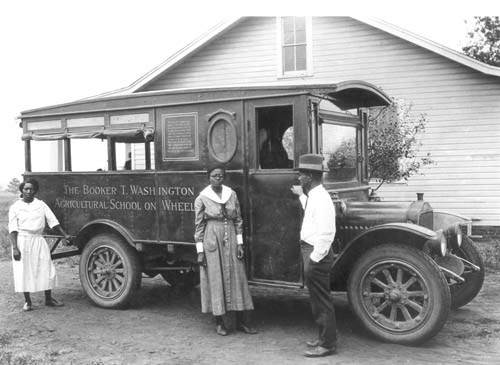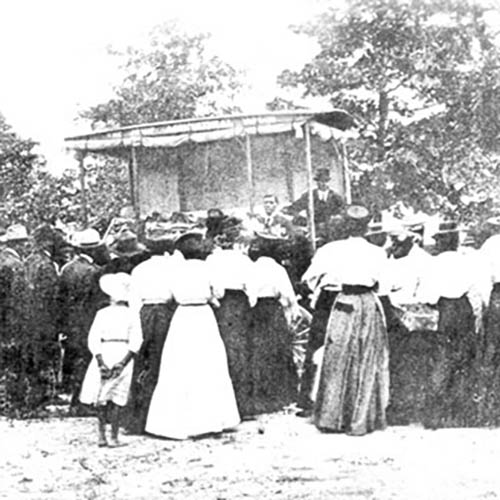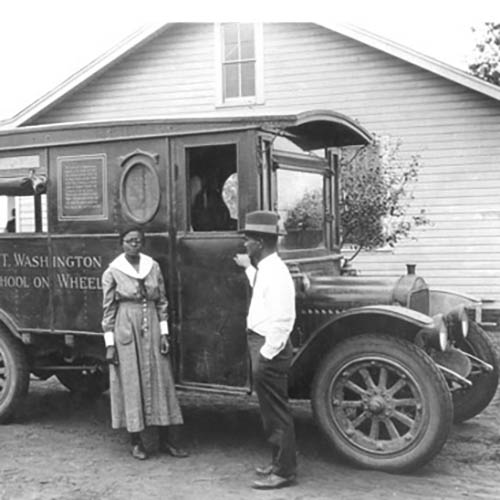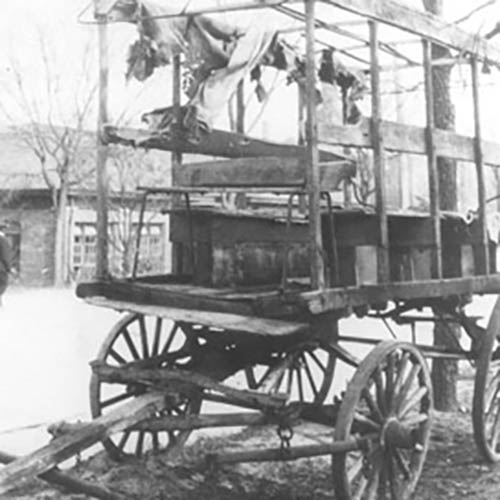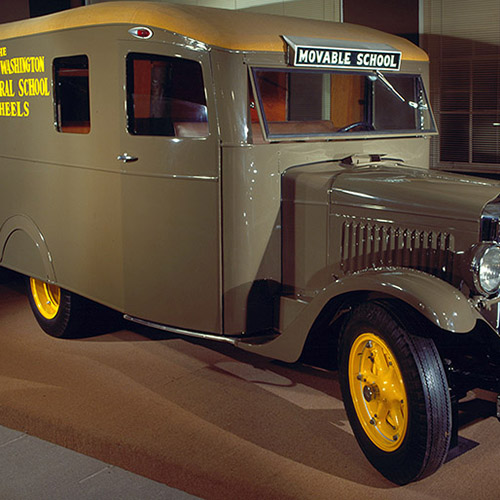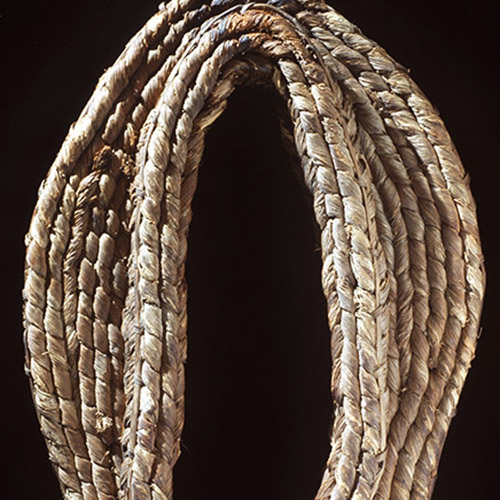Movable School
Washington directed his faculty to "take their teaching into the community." Carver responded by designing a "movable school" that students built. The wagon was named for Morris K. Jesup, a New York financier who gave Washington the money to equip and operate the "movable school."
The first Small Image of Movable School Modelmovable school was a horse-drawn vehicle called a Jesup Agricultural Wagon. Later it was a mechanized truck, still called a Jesup Wagon, that carried agricultural exhibits to county fairs and community gatherings.
By 1930, the "Booker T. Washington Agricultural School on Wheels" carried a nurse, a home demonstration agent, an agricultural agent, and an architect to share the latest techniques with rural people. Later, community services were expanded, and educational films and lectures were circulated in local churches and schools. The "movable school" was the cornerstone of Tuskegee's extension services and epitomized the Institute's doctrines of self-sufficiency and self-improvement.
